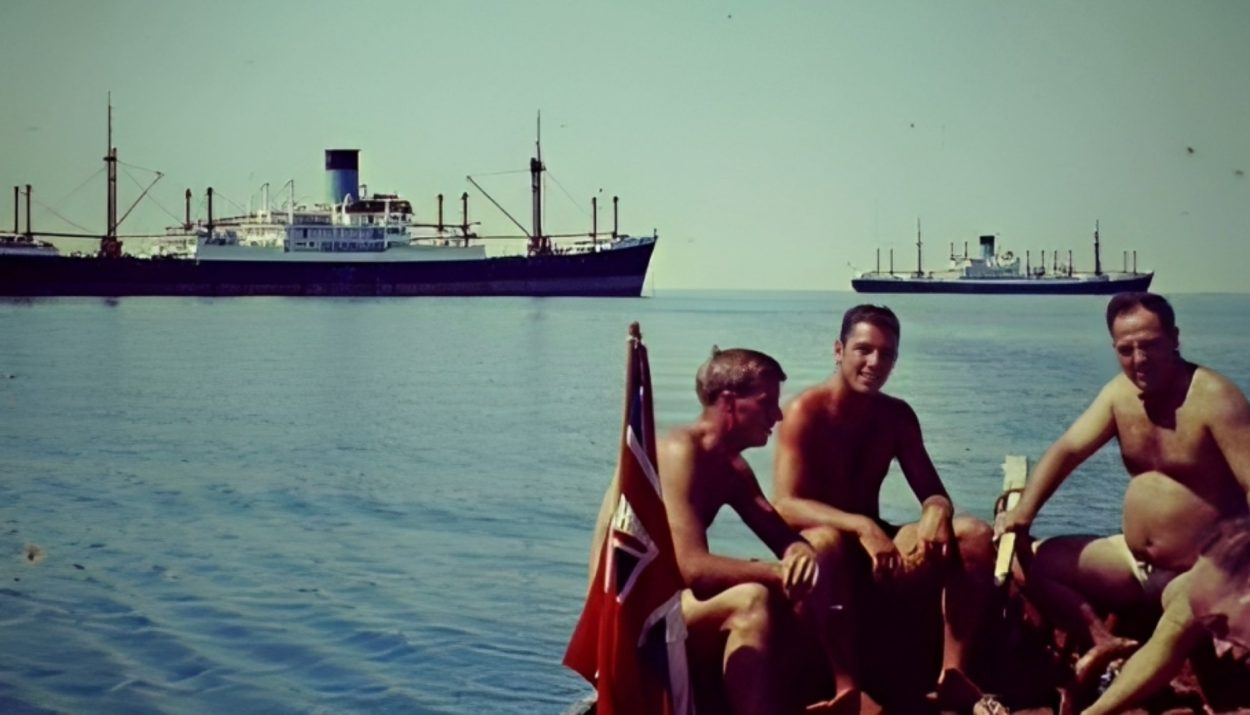This article will take a look back at an event that happened in the Middle East more than fifty years ago – the true story of the Yellow Fleet.
The story of the Yellow Fleet shines a light on the unintended side effects of war and illustrates the resiliency of the human spirit in the face of war. Let’s set sail on a trip to the past and a ride along with the crew members of the Yellow Fleet.
What Was the Yellow Fleet?
The Yellow Fleet was a nickname given to 15 ships that became trapped in the Suez Canal … a casualty of the Six-Day War between Israel and Egypt in June 1967. The crewmembers, who we will learn, maintained a good sense of humor throughout their ordeal, gave themselves the nickname, the Yellow Fleet.
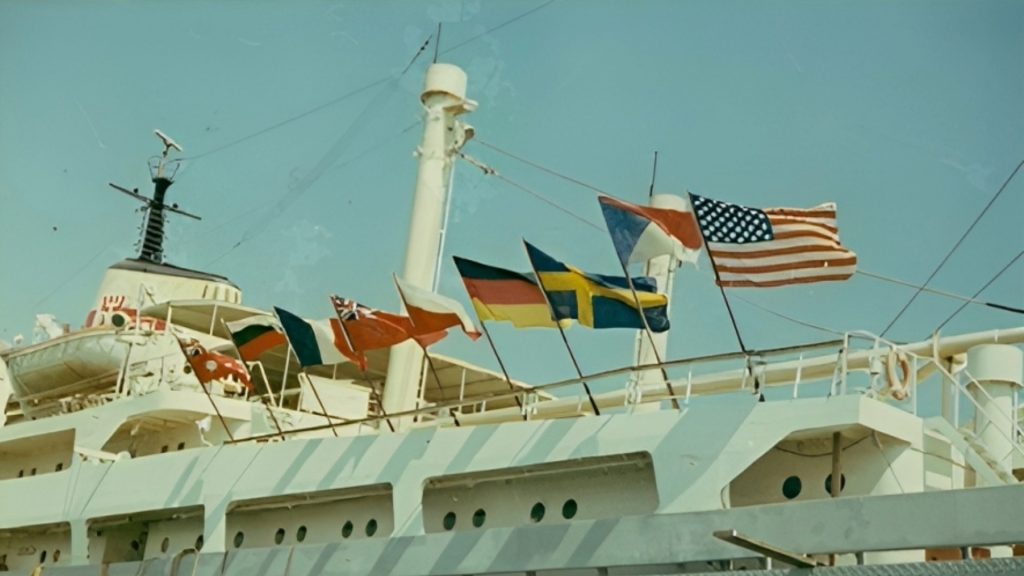
They chose the nickname because the desert sands that blew across the Suez Canal coated their ships and gave them a golden hue. The 15 ships of the Yellow Fleet belonged to eight different nations – the United States, the United Kingdom, Poland, Sweden, France, Bulgaria, West Germany, and Czechoslovakia.
Some Background History on the Suez Canal
The Suez Canal is an artificial waterway in Egypt that links the Red Sea to the Mediterranean Sea. Since its completion in 1896, it has become vital to global maritime trade. It provides a shortcut for ships traveling from Europe to the western Pacific Ocean. Ships no longer had to take the lengthy and dangerous trip around the southern tip of Africa.

The Suez Canal is a vital artery for the transportation of products and goods, including oil and gas. It is also a major source of revenue for Egypt. The tolls collected from ships passing through the canal contribute significantly to the country’s economy. But the canal belongs to Egypt … does that mean ships must abide by Egypt’s rules?
The Six-Day War
As the name implies, the Six-Day War lasted less than a week, from June 5 to June 10, 1967. It was fought between Israel and a group of Arab states, mostly Egypt, Jordan, and Syria. The root causes of war are always complex and difficult to sum up succinctly, but we will try.
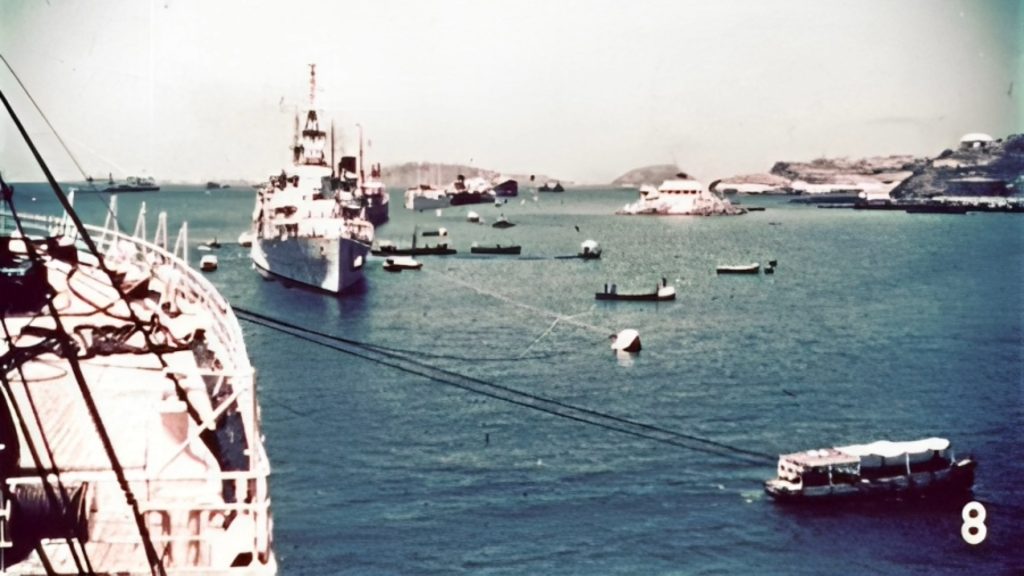
Israel and its neighboring Arab nations have always had a contentious relationship. That came to a head when Gamal Abdel Nasser, then the Egyptian president, closed the Suez Canal to all Israeli ships. Israel responded with force. Then Egypt closed the Suez Canal to all shipping traffic.
Blocking Both Ends of the Canal
To prevent any ship from using the Suez Canal, President Nasser ordered both ends to be blocked. Old ships, part of a steel bridge, dredgers, and pretty much anything that could float were used to create a barrier.
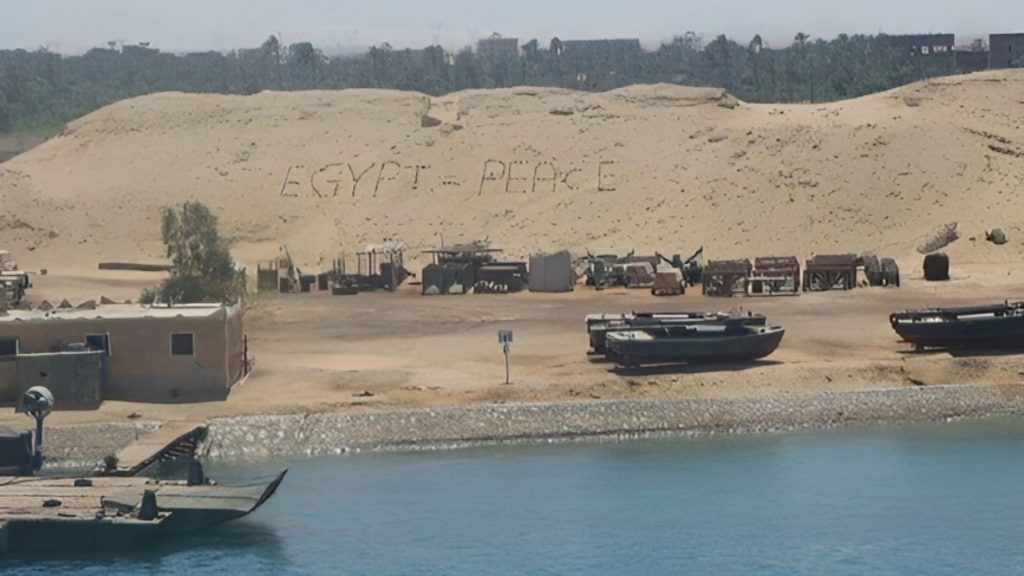
In addition to these items, the Egyptian military strung a number of sea mines across the entry points to deter ships away. President Nasser firmly announced that the Suez Canal would remain closed to all ships indefinitely.
A Case of Really Bad Timing
In June 1967, just before the conflict escalated, fifteen ships entered the Suez Canal. They were sailing south along the 100-mile canal, oblivious to the political tensions that were, quite literally, surrounding them.
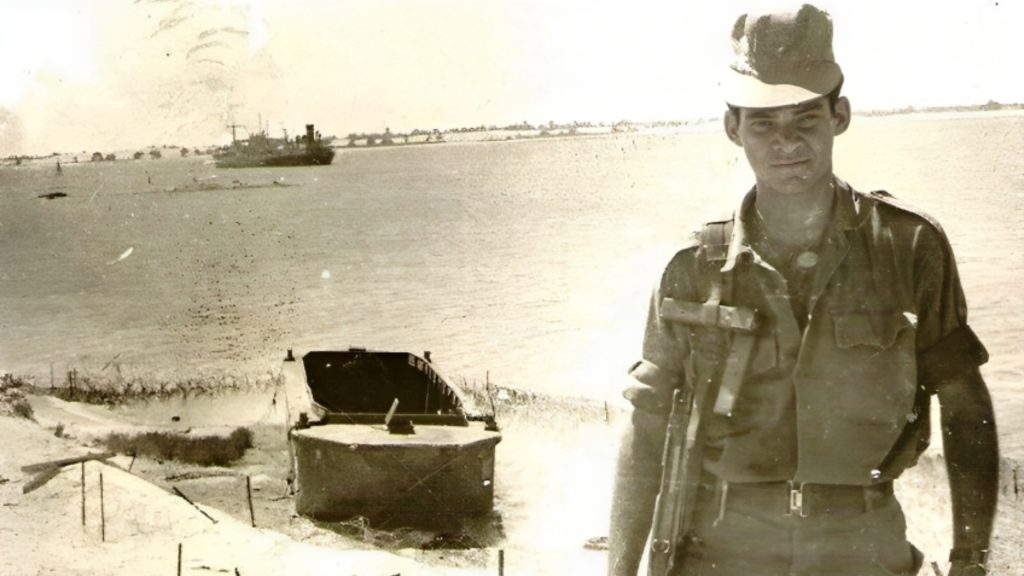
The 15 ships had barely reached the halfway point in the canal when the Egyptian president closed the waterway. By the time they reached the southern exit, the Suez Canal was closed. And they were trapped inside.
From Six Days to Eight Years
Most of the 15 trapped ships moved to the widest part of the canal and dropped their anchors. They planned to wait it out, assuming that the conflict would soon be resolved, and the canal reopened. Things didn’t go as planned.
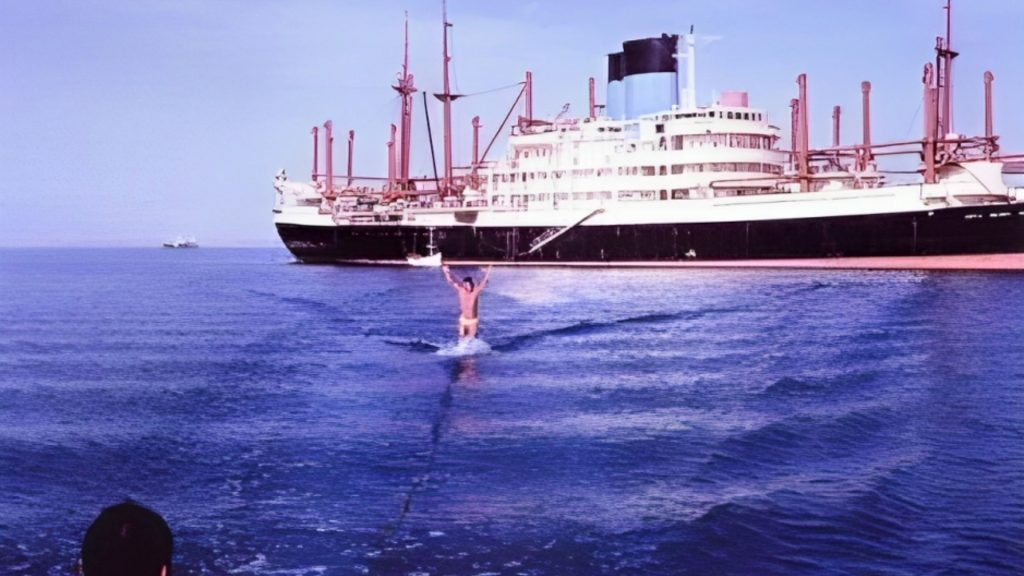
The 15 ships and their crews were effectively stuck in a watery prison. As Miroslaw Proskurnicki, the captain of the Polish ship, later recalled, “The first month was like a holiday. The second month was very hard. By the end of the third month, it was terrible.”
The Great Bitter Lake Association
As the weeks stretched into months, the crew members got to know the sailors on the other ships. They were, after all, all in the same boat. In the interest of fellowship and camaraderie, they agreed to pool their resources.

The group established a makeshift governing body, the “Great Bitter Lake Association,” which held regular meetings. Leaders of the “Great Bitter Lake Association” were in contact with the Egyptian military and arranged for regular deliveries of food and other supplies.
Making the Most of the Situation
The most important task of the “Great Bitter Lake Association,” however, was to find ways to make the most of their unusual situation. They organized activities and social events to keep themselves occupied and to stave off depression.
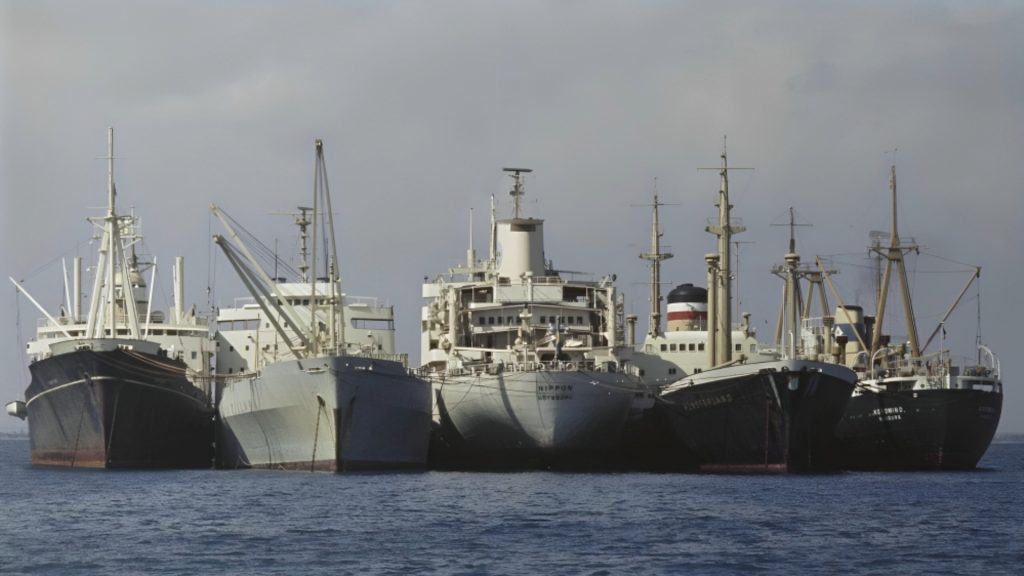
The crew members had card nights. Each ship took turns hosting barbecue cookouts on their decks. The West German ship hosted weekly church services and the captain of the Swedish ship opened its onboard swimming pool to anyone who wanted to use it. The Bulgarian freighter had a movie projector, so the sailors enjoyed frequent movie nights.
Was It All Fun and Games?
The UK ship was the largest one of the Yellow Fleet with plenty of room for regular soccer games and football tournaments. Staying active and physically fit, they found, helped distract them from their plight.
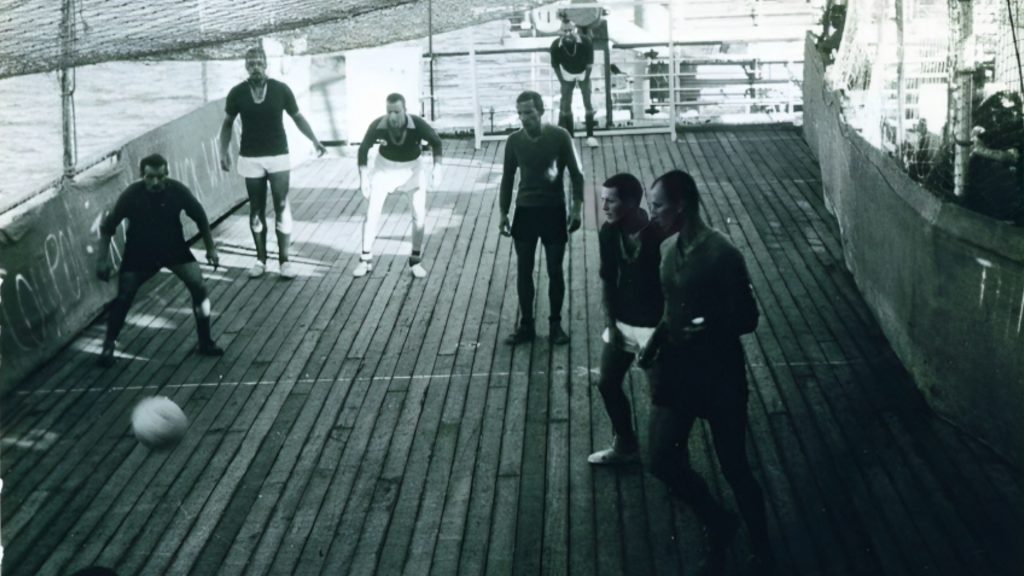
The crew members used some of the ships’ lifeboats for water skiing. Other lifeboats were outfitted with sailing gear. The Great Bitter Lake yacht club was founded for anyone who enjoyed sailing lifeboat yachts.
The Yellow Fleet Even Hosted Their Own Olympics
When the 1968 Summer Olympics were held in Mexico City, the sailors hosted their own “Bitter Lake Olympic Games.” The sailors represented their home countries in 14 Olympic athletic events, including sprinting, archery, water polo, diving, and high jump.
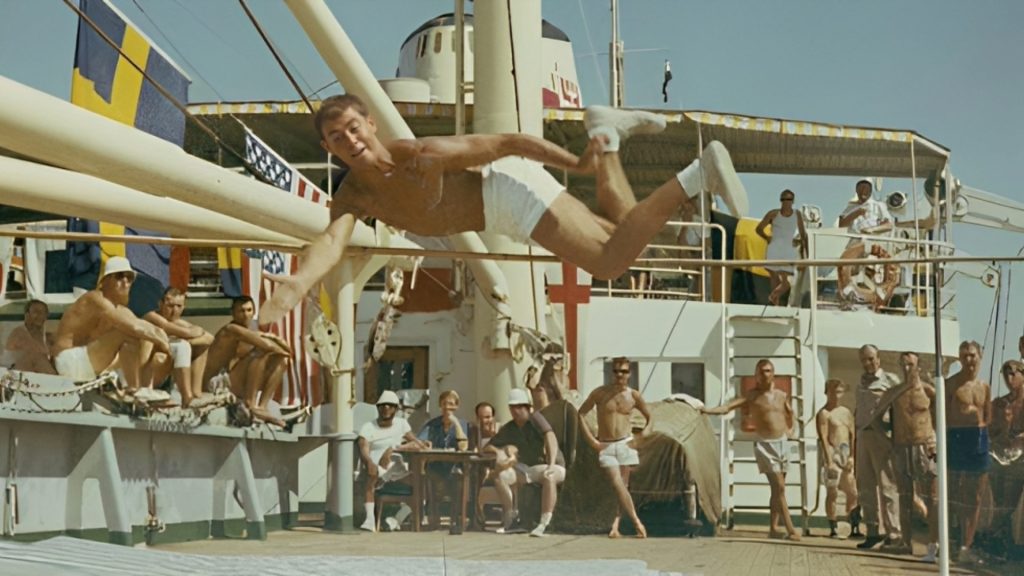
Just like the real Olympics, gold, silver, and bronze prizes were awarded to the winners of each event. They kept track of the medal count to determine the overall winners. The Polish team was the gold medal winners of the “Bitter Lake Olympics.” The West German team took the silver and the British team finished with the bronze.
Almost Like Their Own Country
The trapped sailors were able to maintain contact with their family and friends throughout their ordeal. They created their own postal system and made hand-crafted postage stamps. Mail was taken by supply boats to the port in Egypt to be mailed out. Egypt’s postmaster honored the hand-made stamps. Those stamps remain sought after by stamp collectors.
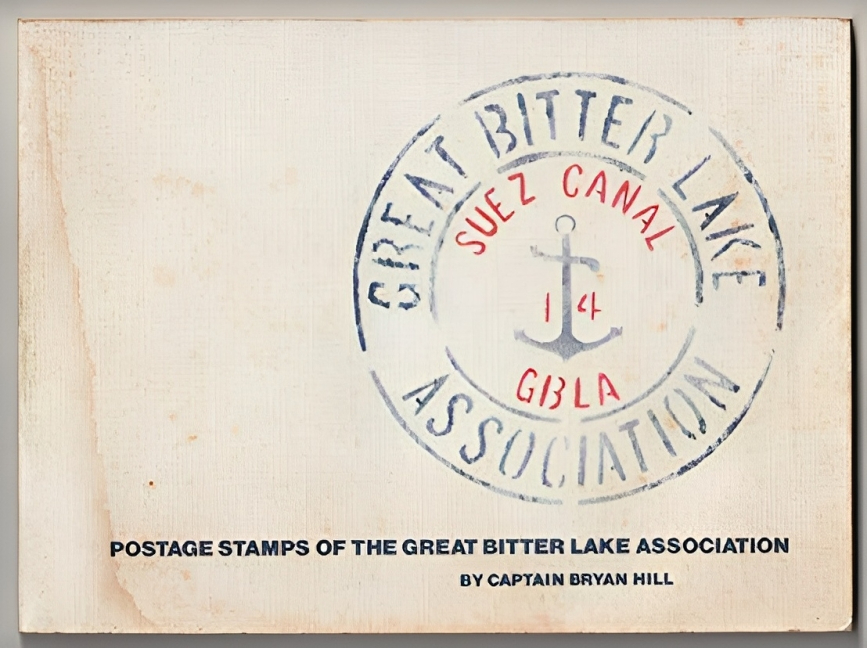
It is important to note that the sailors were not prevented from leaving the Suez Canal … just their ships. But the crew members still had jobs to do to maintain the ships. Besides, who knew they’d be trapped for eight long years?
Relieved of Duty
Yes, the sailors still had work to do on their ships, but their workload was greatly reduced because of the standstill. In 1969, the “Great Bitter Lake Association” met to come up with a plan to help each other get out of the Suez Canal.
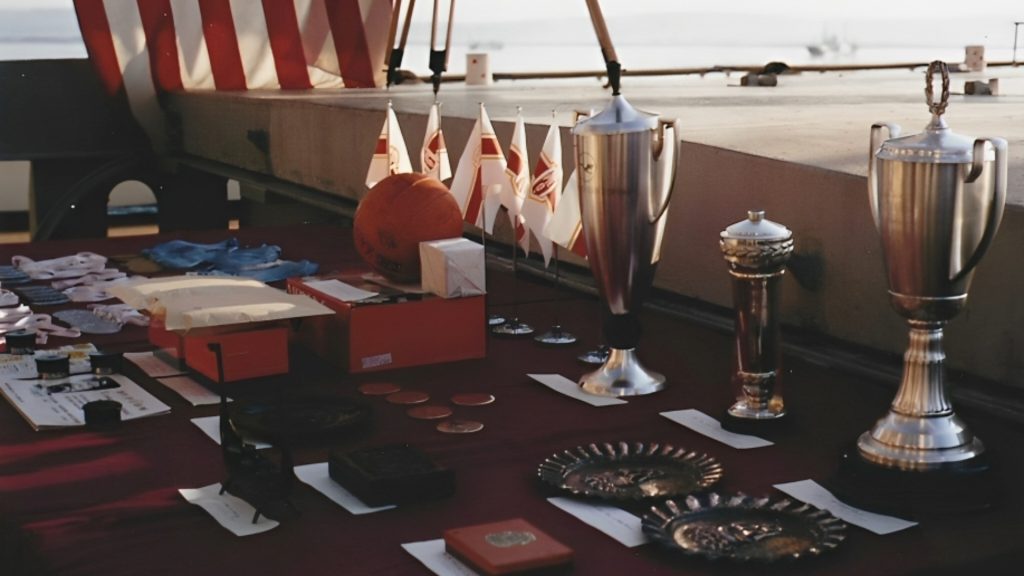
The plan involved splitting the sailors into small groups. Each group took a three-month shift to do the necessary maintenance and upkeep on all 15 vessels, allowing the others to return home until it was time for their shift. This system worked well.
Going Home
The sailors of the Yellow Fleet took turns working on all the ships until the close of 1972. The last group, sailors from the West German ship, was sent home. After that, a Norwegian company was hired to tend to the ships of the Yellow Fleet.

The Norwegian crew was tasked with inspecting each ship to make sure none of them were taking on water. They also had to make sure the engines, communications systems, and electrical systems were still working. In addition, they had to rotate each vessel, changing its position in the water.
A Remarkable Bonding Experience
During the eight years that the Yellow Fleet was trapped in the Suez Canal, about 3,000 men took a shift working the maintenance crew. The sailors worked between four and six hours a day and spent the rest of the time interacting with the other crew members. Many of them have fond memories of their time in the Suez Canal.
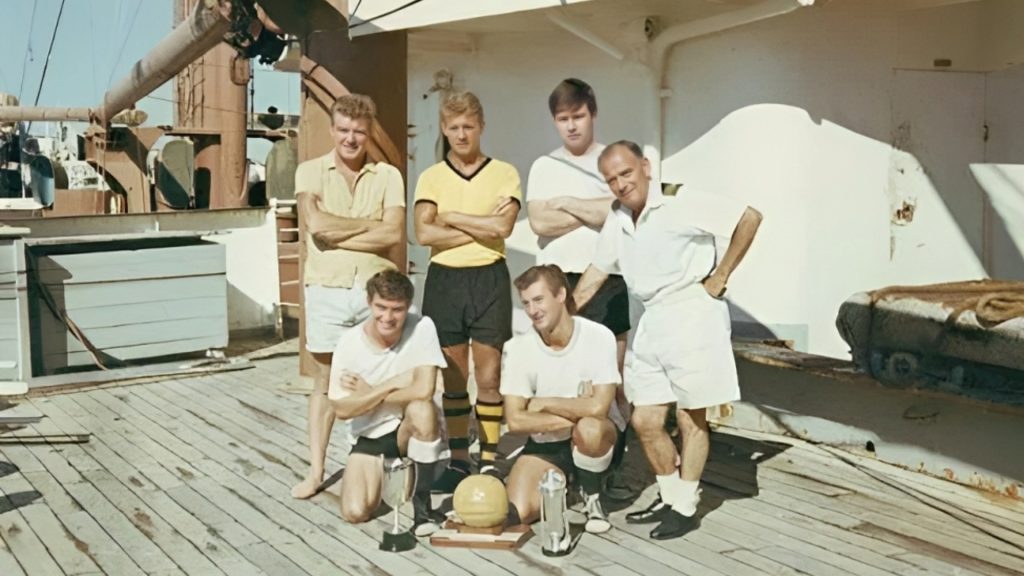
The sailors formed lasting friendships with other sailors and learned that people across the world are more alike than they are different. According to British author Cath Senker, the most remarkable thing about the Yellow Fleet story is “the strong community these crews forged, even though they came from countries on opposing sides of the Cold War.”
The Suez Canal Finally Reopened
Early in 1975, Egypt once again opened the Suez Canal for international shipping. The ships of the Yellow Fleet were finally able to leave their watery prison. But not all the ships were still seaworthy. In fact, only two ships – both West German vessels – were about to sail out of the Suez Canal under their own power.
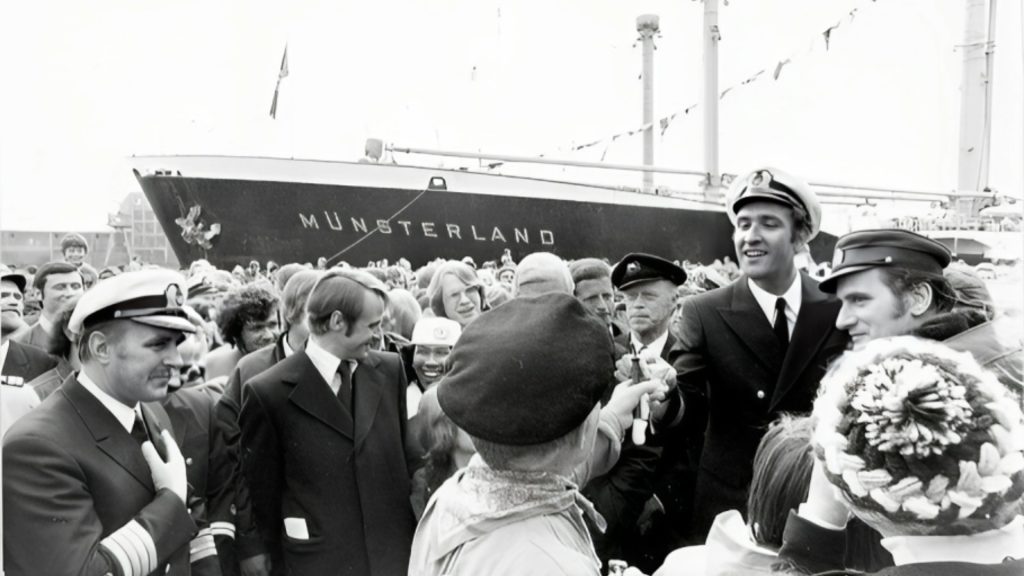
One of the U.S. ships, the SS African Glen, had been hit by an Israeli rocket in 1973 and sunk. The rest were in no shape to sail after years of inactivity. They were salvaged or sold for scrap. The two West German ships, the Nordwind and the Munsterland, arrived in Hamburg on May 24, 1975, to cheers and fanfare.
The Legacy of the Yellow Fleet
A quirky and unexpected casualty of war, the sailors of the Yellow Fleet showed the remarkable resilience of the human spirit and the power of community. The crew members put aside their political and religious differences and found a way to create a community.
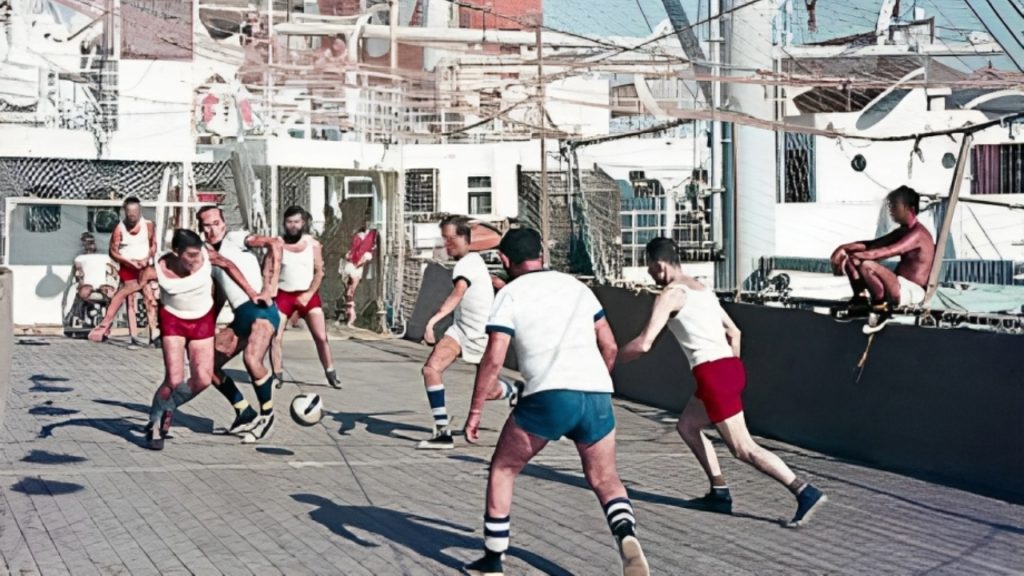
The legacy of the Yellow Fleet is one of perseverance and acceptance. During a time of war and political tensions, the sailors showed the world that, deep down, people are kind, compassionate, and open. The story of the Yellow Fleet has been the subject of several books and television documentaries.

